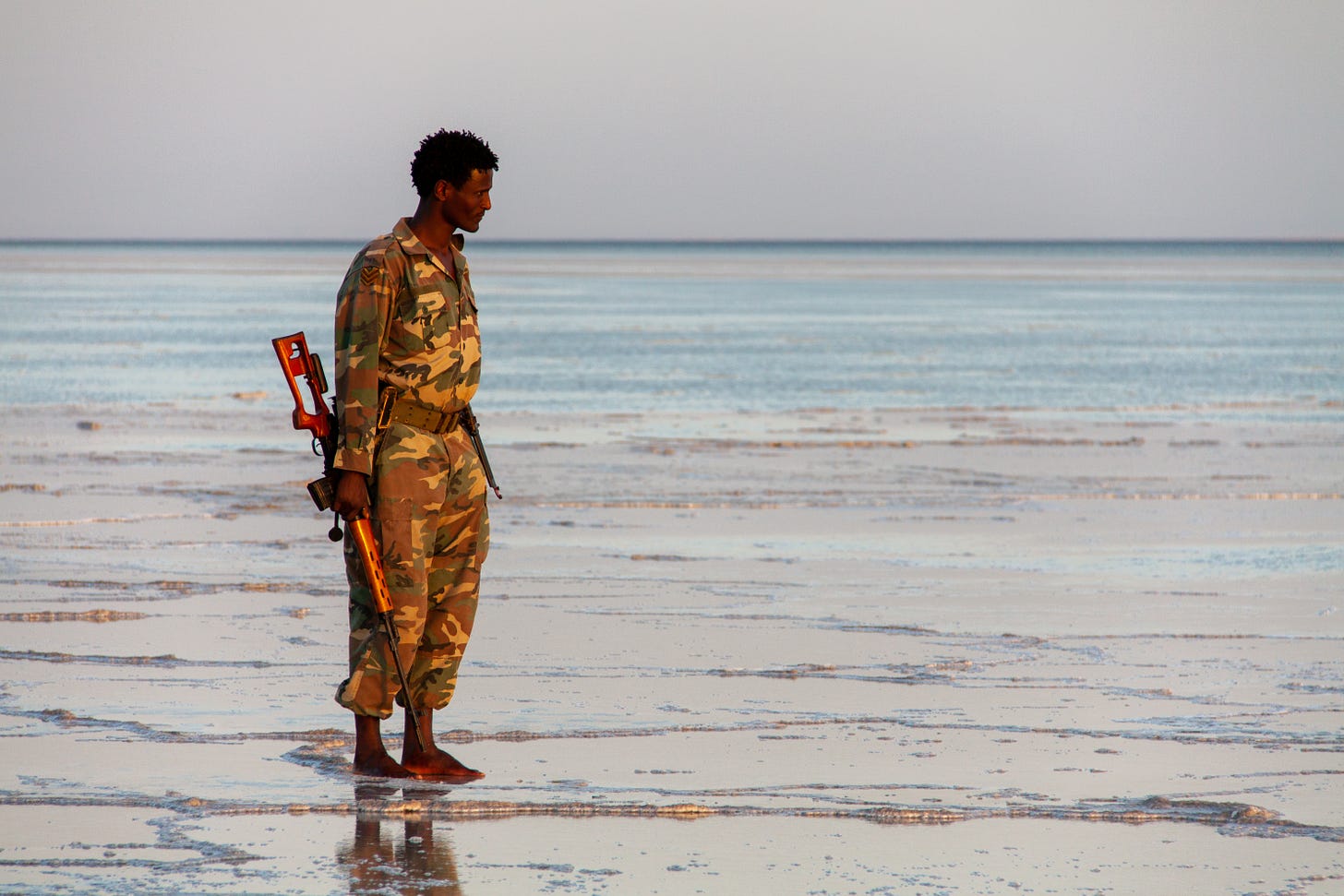The uneasy peace between Eritrea and Ethiopia is fracturing at a pace that has alarmed regional analysts and international observers. Less than seven years after Prime Minister Abiy Ahmed and President Isaias Afwerki declared an end to two decades of hostility, both countries are once again mobilising along their shared border. The rapid deterioration o…
Keep reading with a 7-day free trial
Subscribe to The Crustian Daily to keep reading this post and get 7 days of free access to the full post archives.



